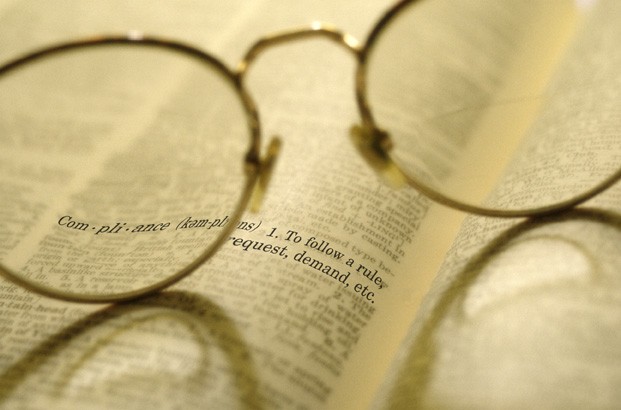McAdams On: Twisters and TV

LOS ANGELES: I am fixin’ to visit Tornado Alley. I tried to get a videographer friend of mine from New York to come with me. There’s an Oscar-worthy documentary in the coffee-klatch conversations of retired farmers and plain-spoken eccentrics, I told her. She, too, is from the Midwest, and so communicates by way of arching an eyebrow above an unbroken level stare, which means, “surely you are insane.” Not because of the subject matter, mind you, but because Tornado Alley is not high on the list Fodor’s Top Travel Destinations. Especially during tornado season, which is now.
The problem with living for any length of time in Tornado Alley is getting inundated with tornado warnings. They become background noise, of a sort. My family used to run out to the root cellar every time the weatherman said one was close. After countless mud-soaked sprints to the cave, my dad decided the house had stood through 60 tornado seasons, so we took our chances. Anyone who lives in Tornado Alley will see probably 100 or so twisters over the course of a lifetime, probably more. You just get used to it, but you still turn on the TV set and tune in a local station.
The local meteorologist who doesn’t regard tornado conditions with dead seriousness does not exist. Forecasters are keenly aware that a tornado can change course, character and velocity on a dime. Folks can be grilling out back under the sunshine one minute, and huddled under a workbench the next listening to the roof ripping off the house. These things are strange; inexplicable--reducing one structure to sawdust and leaving one unscathed 15 feet away.
Some of us joke about going outside during tornado weather. Sometimes the clouds are surreal; putrid green and roiling. But no one I know wouldn’t dive for cover the minute the wind goes quiet during a tornado warning. That means the twister’s about to hit. A YouTube video recorded during the May 22 Joplin, Mo. tornado illustrates. The wind outside of a gas station where people have gathered builds, suddenly subsides, then blasts through the structure like a bomb.
Everyone lives in some kind of natural disaster zone--though only disastrous to humans, nature just being nature. The people of coastal Northern Japan are no strangers to tsunamis. The ground beneath Los Angeles shakes regularly. I’ve seen electrical storms on the East Coast out of the Old Testament. So substantial are the aerial behemoths that assault the Gulf Coast, they are christened. We may read about the aftermath of such things on the Internet, but when the floor beneath my feet here in Los Angeles begins vibrating, I don’t Google Fu. I turn on the local news, because the floor in that TV studio just shook as well.
It’s easy these days to disparage broadcasting and dismiss the local newscast as a relic of the past. One could arguably refer to it as the Lindsay Lohan Update here in L.A. But the truth is absolute--broadcasters perform a public service. There’s no telling how many lives have been saved by severe weather warnings, shelter advisories and AMBER Alerts. That’s not just a sound bite or a talking point for the broadcast lobby. The thousands of people who work at TV stations around the country don’t work for the broadcast lobby. They work in cities like Joplin, Mo., Tuscaloosa, Ala., and Grand Island, Neb.
I, for one, am grateful. Especially today.
(
McAdams will be on vacation in Tornado Alley through June 5.)
Get the TV Tech Newsletter
The professional video industry's #1 source for news, trends and product and tech information. Sign up below.
